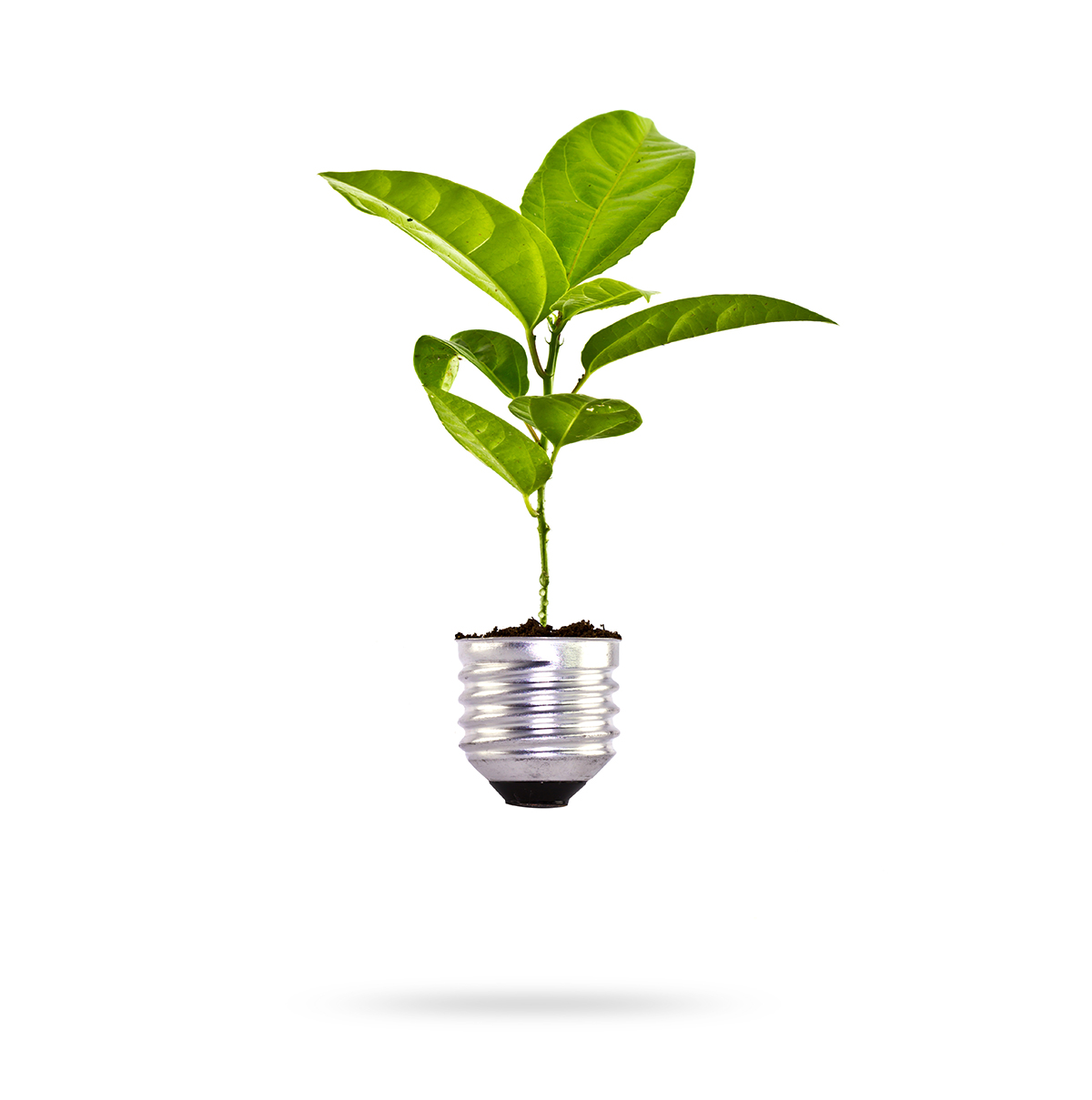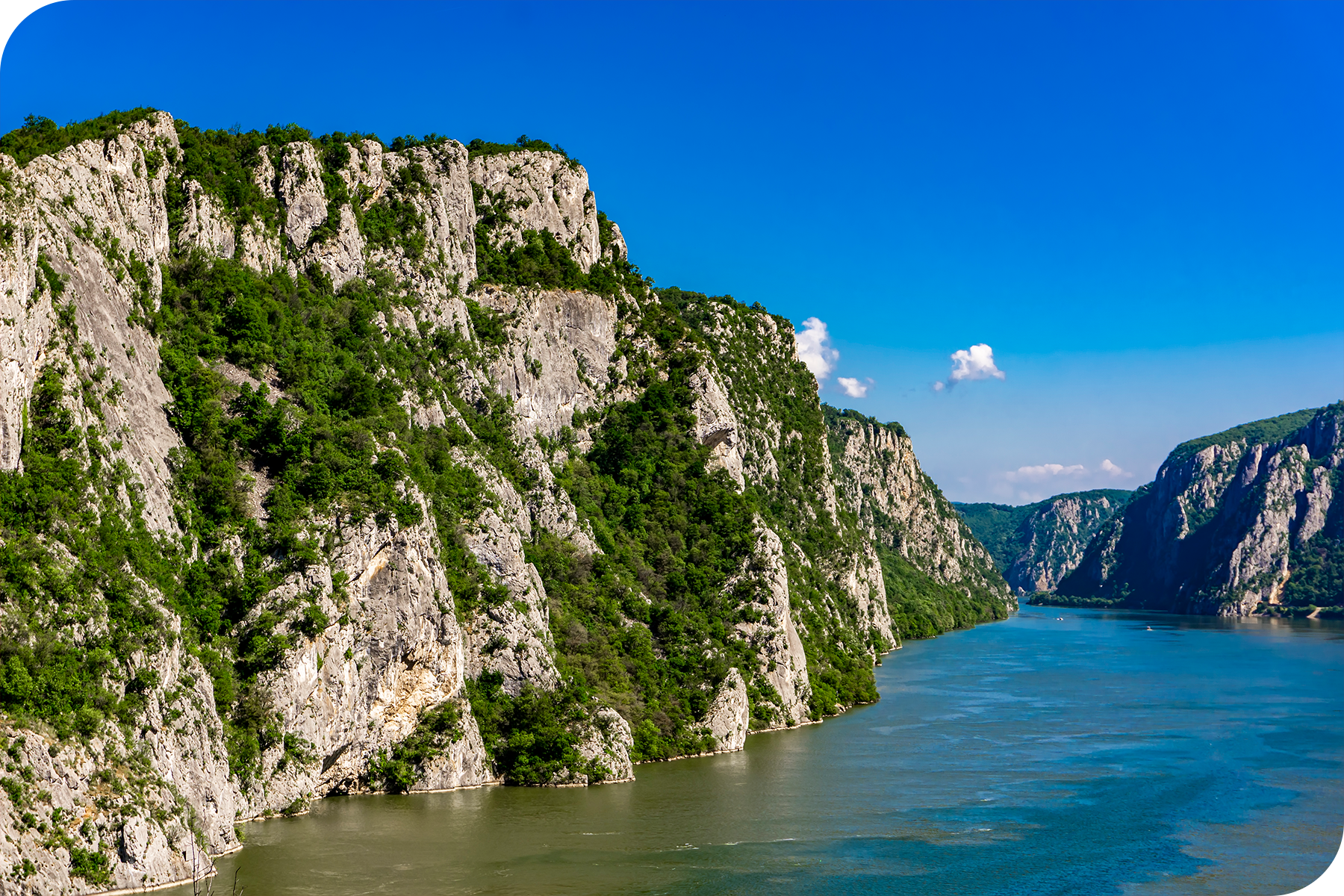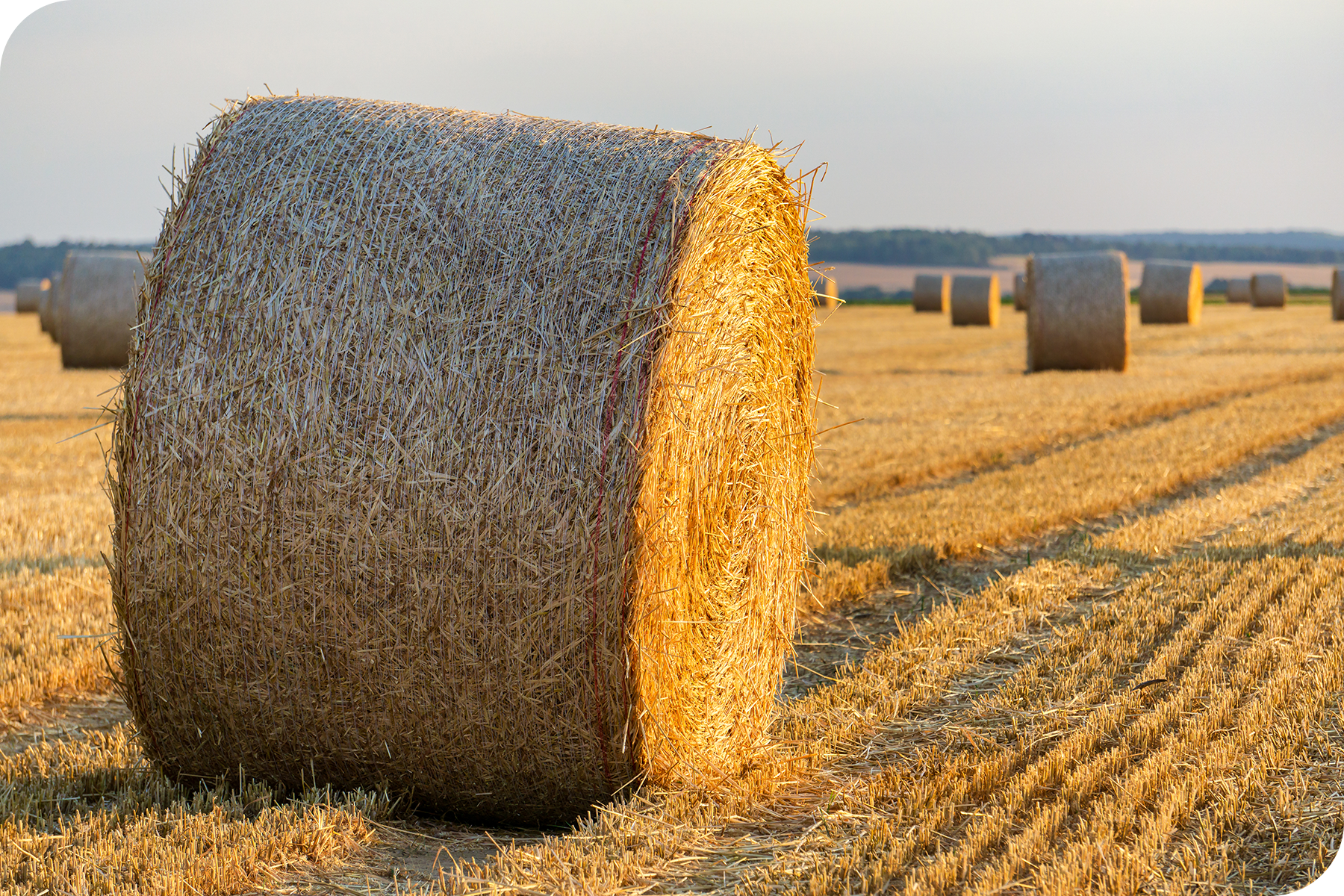
Renewable Energy Sources are the main driver and carrier of the energy transition towards carbon-neutral energy and economy. The fight against climate change has become an international obligation for almost all countries in the world, which have pledged to prevent an increase in the average temperature on the planet by 2°C compared to the pre-industrial period and to reduce the emission of greenhouse gases in 2030 by 45% compared to emissions from 2010. Europe has set an ambitious plan – zero emissions of harmful gases by 2050.
Renewable energy sources, as the seventh of 17 of the UN Sustainable Development Goals (SDG), entitled ‘Affordable and Clean Energy’, is becoming increasingly important and prioritized among the global goals for saving the planet.
The Paris Agreement on Climate Change from 2015 also pointed out the crucial importance of renewable energy sources. Global agreements are not just conventions and memoranda, but concrete actions, as shown by the fact that about 170 countries have set national goals to achieve the share of renewable energy sources in energy consumption. It is estimated that the use of renewable energy sources, along with the increase in energy efficiency and the electrification of traffic, will effectively reduce global warming and pollution.
Serbia made significant progress in the field of renewable energy sources since 2015, primarily by building ten wind farms with a total capacity of 512.6 MW. According to Eurostat data from 2019, the share in gross final energy consumption was around 21.5%, while in 2020 it was 26.3%. According to the Integrated National Energy and Climate Plan of the Republic of Serbia for the period until 2030 with a vision until 2050 the share of renewable sources in gross final energy consumption should reach 29.8% in 2025, while 33.6% is predicted by 2030.
The pandemic year 2020 has made renewable energy sources an important topic in public discourse, highlighting the importance of clean technologies for people’s health, as well as for the energy independence of each country. In 2020, for the first time in history, renewable energy sources in Europe surpassed the production of energy obtained from fossil fuels. A quarter of the energy is obtained from nuclear reactors, for which there is also a plan to shut down in the future.
More growth of the RES capacity is expected in the future because to reach the climate goal of reducing the increase in the average global temperature by 1.5°C by 2050, the use of fossil fuels must be reduced by 75%.
The European Union Directive 2009/28/EC set the goal that 20% of the total energy consumption in 2020 should come from renewable sources. The members of the Energy Community received even more demanding goals, which for Serbia meant 27% of green energy in total consumption. Originally Directive 2018/2001/EC (RED II- Renewable Energy Directive) set a target of 32% by 2030 in energy consumption, while its revision is the current target to at least 42.5% by 2030 to grow to 45%.
The European Commission has unveiled the Clean Industrial Deal, an ambitious business plan to support the competitiveness and resilience of industry. The deal will accelerate decarbonization and secure the future of manufacturing in Europe and other countries that trade with Europe. For Serbia, this means an opportunity to modernize the industry and harmonize with European environmental standards, it can bring new investments and job creation in green technologies.
To do so, an Action Plan for Affordable Energy was also adopted and it includes measures to lower energy bills for industries, businesses and households in the short term, while speeding up necessary structural reforms in EU.
Europe is rapidly working on greening its energy capacities, especially through expanding the use of solar and wind energy. The growth trend of new RES capacities in the EU has been very dynamic in the last few years.
According to the projections of the Energy Development Strategy of the Republic of Serbia until 2025 with projections until 2030, the total potential of renewable energy sources in our country amounts to 5.65 million toe (tons of oil equivalent) per year. Potential utilization, according to the latest available data from 2019, is 2.06 million toe of RES oil.
The new Energy Development Strategy of the Republic of Serbia until 2040 with projections until 2050 predicts that the total installed capacity of built wind power plants and solar power plants will be 10.97 GW.
In 2013, the Republic of Serbia adopted the National Action Plan for the Use of Renewable Energy Sources with the ambitious goal of achieving a 27% share of RES in gross final energy consumption by 2020, which has almost been achieved. The Integrated Energy and Climate Plan, adopted in August 2024, predicts that 3.5 GW of new solar and wind power will be online by 2030.
In March 2021, the Republic of Serbia adopted a new Law on the Use of Renewable Energy Sources, which should modernize the incentive system, by replacing the administratively assigned feed-in tariff model with marker premiums and auctions as a way of awarding incentives.
Two years later, an amendment to the law was adopted, which launched auctions for new RES capacities, as well as solving numerous requests for connecting solar power plants and wind power plants to the energy system, as well as a balance between integrating more green energy into the system and ensuring the safe operation of the power system. The first auctions for the allocation of market premiums for renewable energy sources were organized in 2023. The quota for wind of 400 MW was not enough for all interested bidders, while the quota of 50 MW for solar was not filled. The second round of auctions ended in February 2025, where the quotas for solar (150 MW) and wind (300 MW) were filled. The third round of auctions is expected at the end of 2025.

The potential of wind energy depends, apart from natural conditions, on the technical capabilities of the power system to integrate it.
So far, 11 wind power plants with a total power of 607 MW have been connected to the Republic of Serbia’s power system. Projects with a total power of 7.05 GW are under development. This assessment is based on the list of requirements for connection to the electricity transmission system operator. It is estimated that in addition to this list, at least 3 GW of projects are in the early stages of development.
The development of wind farms in Serbia began at the end of the first decade of this century, but the conditions for implementation were created only in 2015 and 2016. The construction of the largest wind farms (Čibuk1, Kovačica, Alibunar, and Košava), which were financed by loans from international financial institutions and commercial banks, was a signal to numerous investors to come to Serbia and explore locations for future wind farms. Apart from the Košava area of South Banat, where all the built wind farms are located, wind energy potentials are in the eastern part of Serbia and the area of Zlatibor and the Pešter Plateau.
At the first auction for the allocation of market premiums for wind and solar power plants, the quota of 400 MW was fulfilled: 210 MW to Vetrozelena, 108.5 MW to Čibuk 2 Wind Energy, then Enlight K2-Wind with 68.5 MW and the remaining 13.5 MW for Crni Vrh power. The maximum auction price was €89/MWh, and the lowest winning price was €64.4/MWh. 4 projects remained outside the quota. The Čibuk 2, Kostolac, and Crni Vrh wind power plants are currently under construction. Five wind farms are the winners of the second round of auctions for the allocation of premiums for renewable energy projects announced in November 2024 by the Ministry of Mining and Energy.
The wind energy industry is developing and progressing the fastest. The first wind generator built in 1984 had a capacity of only 20 kW, while the first wind farm, installed on the Greek island of Kythnos, had a total capacity of 100 kW (today’s power of a solar power plant on the roof of a building).
The reduction in the price of technology and increased competition among equipment manufacturers contributed the most to the expansion of wind farms. According to the latest calculations of the European association WindEurope, the total installed wind power in Serbia will probably reach 1.8 GW by 2030.

As in the case of wind energy, the potential of using solar energy depends, apart from natural conditions, on the technical capabilities of the power system to integrate it.
According to the curently available data, the installed capacity of solar power plants in Serbia is 172,7 MW. The installed power of the prosumer has surpassed 109 MW. There are currently several projects under development in the solar sector, and their total installed capacity exceeds 3 GW.
According to the Law on Use of Renewable Energy Sources, which defines the use of RES as a public interest, of particular importance for the Republic of Serbia, namely, it is the first time that households and industry can become buyers-producers (prosumers), and citizens can form a community around renewable energy source. Households and industries will thus be able to install RES power plants (which are usually solar panels) on their premises and use that energy for their consumption and deliver the surplus to the grid or store it for later use.
During the first auctions for the allocation of market premiums for wind and solar power plants, a premium of 50 MW was foreseen for solar power projects. Investors in solar power plants submitted bids covering only 36.2 MW of the available 50 MW and conditions were met for only 11.6 MW. The total capacity of projects for which valid bids were made is 13.5 MW. At second auctions, all the quotas were filled and 5 solar power plants won this round of auctions.
For the second market premium allocation auctions to be announced in November 2024, quotas of 300 MW for wind and 100 MW for solar are expected, increased by the 25 MW remaining from past auctions. In 2023, the Hyundai Engineering – UGT Renewables (UGTR) consortium was chosen as a strategic partner of the Electric Power Company of Serbia for a group of photovoltaic plants with a total nominal power of 1.2 GW, i.e. 1 GW in grid connection capacity. Photovoltaic plants will be built on the territories of two cities: Zaječar and Leskovac, as well as four municipalities: Negotin, Lebane, Bujanovac, and Odžaci.


About 80% of electricity from renewable sources in Serbia comes from hydro potential.
The status of producer from renewable sources was acquired for 3015 MW of large hydropower plants within the system of the Electric Power Industry of Serbia (EPS), whose annual production amounts to about 10 TWh.
EPS also owns 16 small hydropower plants with a total capacity of 20.8 MW. Also, private investors have built 122 small hydropower plants with a total capacity of 77.61 MW under the feed-in tariff system, while 32 SHPPs with a total capacity of about 30 MW are in the status of temporary privileged producer and construction.
Hydropower plants account for about 38.4 percent of the total electricity production of PE EPS, of which more than two-thirds are produced in HPP Djerdap. In addition to the Djerdap HPP, EPS produces electricity in HPP Bajina Bašta’s branches – Kladovo and Drinsko-Lim.
Serbia is a country with great tradition in the field of hydropower. The first power plant with a renewable energy source was the Užice hydroelectric power plant ‘Pod gradom’ on the Djetinja River, which was built in 1900. At that time, the construction of such facilities in Serbia was realized through a private initiative. Thus, in 1901, local industrialists founded the Leskovac Electric Joint Stock Company, which by 1903 had already built the Vučje HPP, the second oldest in the country. The first transmission line in Serbia was built to supply Leskovac, and the accelerated industrial development of that city that followed was therefore no coincidence.
Due to the impact of hydropower plants on the environment, the Law on Use of Renewable Energy Sources provides for a ban on the construction of small hydropower plants in protected areas, unless the Government decides that it can be built because the hydropower plant is in the public interest.

Biomass is a complex resource that can be used as an energy source for the production of electricity and heat and is also used in transport in the form of biofuels.
According to the data from the Energy Development Strategy of the Republic of Serbia until 2025, the greatest potential of Serbian renewable energy sources is found in biomass, and reaches 3.4 toe (tons of oil equivalent), which makes more than half of the defined national potential.
The new Energy Sector Development Strategy until 2040 envisages 3.196 million tons of total available potential per year.
The biomass potential includes agricultural biomass, forest waste, biodegradable waste, and liquid manure. According to the official register of the Ministry of Mining and Energy, only one biomass power plant has the status of a privileged electricity producer, and the potential of biomass is very poorly used. Several other biomass power plants of relatively small capacity are under development.
Biomass is also used to produce biogas, which can be further used to generate electricity.
The Renewable Energy Directive (RED II) of the European Union requires biomass as an energy source to be used as a sustainable resource and prescribes the sustainability criteria that biofuels, bioliquids, and biomass fuels must meet. The EU’s taxonomy on biomass criteria has been of great concern to some countries in Northern and Central Europe. On the other hand, NGOs and influential groups are increasingly raising the question of the ‘greenness’ and sustainability of biomass.



Biogas is a type of gaseous fuel that is obtained from biomass by the process of anaerobic fermentation of organic matter. It is used for the combined production of electricity and heat. A by-product obtained in the process of biogas production is an extremely high-quality fertilizer.
Unlike biomass power plants, there are numerous biogas power plants in Serbia. The interest of investors is high, primarily due to favorable incentive measures and prices, as well as due to simple procedures for connection to the network of small plants. Curent data shows that there are 48.7 MW of total capacities installed.

Apart from the well-known renewable energy sources (sun, water, wind, air, biomass, biogas), there is a growing interest in geothermal energy, but also in completely new technologies, such as green hydrogen.
Geothermal energy is a largely untapped resource in Serbia, especially in the Pannonian Basin. Apart from spas, the development of which is just beginning in the form of spa tourism, thermal springs can be used to produce heat energy for district heating systems. Foreign investors have been exploring possible locations for the development of geothermal power plants for several years.
Green hydrogen is recognized in the Law on Use of Renewable Energy Sources as an energy source whose use in Serbia should be encouraged and developed. Numerous studies have been conducted and presented in Europe. This energy source is obtained by the long-known electrolysis process, but the condition for hydrogen to be “green” is that the electricity used for its production comes from renewable sources (unlike hydrogen, which is now used in industry and emits harmful gas emissions). The combustion of hydrogen produces water, which is why it is completely safe for the environment.




